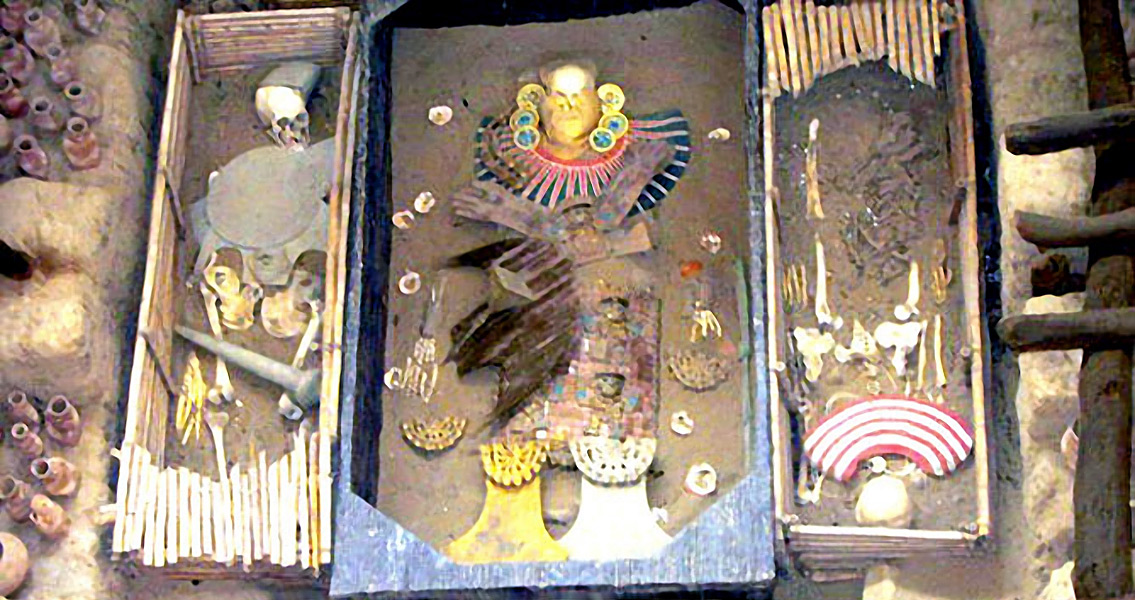<![CDATA[The ancient site of Farfan in Cajamarca, Peru, was once an archaeological complex held dear to Peruvian history. However, a local man who claims ownership of the land recently leveled the site and built a fence over it. Peru is one of the richest countries in terms of archaeological locations, with sites in the high Andes, the open deserts, in the ocean off of its coast, and even in the country's capital. However, the country has been embroiled in a long and seemingly unending fight over the protection of these sites. Greenpeace activists damaged the world-famous Peruvian "Nazca Lines" in late 2014, by tossing yellow letters over the ground as part of an an environmental protest. The letters read "Time for Change: The Future is Renewable". The irony, of course, was that by protesting for future world-change, the group managed to damage an ancient UNESCO World Heritage Site. The Peruvian authorities are currently looking into sueing the organization for the damage done by the campaign. Farfan, another endangered archaeological site, is located about 7 miles inland from Peru's Pacific Ocean coastal region, and encompasses five cubic metres of land. Although the site has a long history of being looted and damaged by agricultural activities and construction companies, it could still contain a treasure trove of archaeological artefacts, and remnants of the culture that once occupied its grounds. However, an unknown but likely enormous amount of damage has been done to the site. Farfan once served as the provincial centre for the Chimu Empire, which likely grew out of the remnants of the Moche culture, and rose to prominence in 900 CE, before eventually being conquered by the Inca in 1470 CE. This occurred roughly 50 years before the arrival of the Spanish Empire in South America. Fortunately, Spanish explorers did manage to speak with surviving Chimu people, and recorded multiple chronicles detailing aspects of Chimu culture prior to the Inca takeover. The land's current owner, Jose Cruzado Bardales of Guadalupe, completely flattened the site with heavy machinery. He then built a simple wood-and-wire fence atop the ancient grounds. Legally, Bardales is the owner of the land and has been its proprietor since 1989, when the Land Freedom Unit granted him a certificate of possession. He began his renovations on February 8, 2015, after the Ministry of Culture had removed 1,500 cubic meters of garbage and debris from the site. Apparently, locals had been using the grounds as a trash-dumping site for years. Representatives from El Comercio recently arrived in the area in the hope of assessing the damages. Upon arrival, they found protective walls constructed by the Ministry of Culture, a truck and several bikes scattered about the site. Hopefully, archaeologists and the Ministry of Culture are able to salvage what remains of the site, so that it may be preserved for future generations. Image courtesy of Wikimedia commons user: Antonio Velasco]]>
Ancient Peruvian Site Damaged by Landowner
